Investors pulled $15.7 billion from U.S.-listed ETFs last week as equity markets sputtered and last month’s stock rally showed no sign of reappearing.
The drop was the second weekly outflow this month.
Six of the top 10 redemptions were in funds targeting value stocks, despite value being a popular investing theme this year. The $24.4 billion iShares S&P 500 Value ETF (IVE) led outflows with a loss of $4.3 billion, followed by the $15 billion SPDR Portfolio S&P 500 Value ETF (SPYV) and the $12.6 billion iShares Core S&P U.S. Value ETF (IUSV), which lost $4 billion and $2.4 billion, respectively.
Overall, U.S. equity ETFs saw $22.8 billion in outflows during the week, the most significant loss of any asset class during the period. Outflows follow last week’s drop in the Standard & Poor’s 500, which is on track for its first losing month after gains in November and October as investors prepare for a potential recession next year.
Meanwhile, the top two ETFs for inflows suggest at least some investors are taking a risk-on approach as the year winds down. The $145.5 billion Invesco QQQ Trust (QQQ) gained $1.1 billion, while the $10.4 billion ProShares UltraPro QQQ (TQQQ), which offers three times the daily performance of the Nasdaq-100 Index, added $926.8 million.
That said, fully half of the top 10 ETFs for inflows were fixed-income funds, with the iShares Short Treasury Bond ETF (SHV) gaining $697.1 million during the week, more than any other bond ETF. In fact, at least three of those six fixed-income ETFs were focused on short-term bonds, with the iShares 0-3 month Treasury Bond ETF (SGOV) and the Vanguard Short-Term Treasury Index ETF (VGSH) pulling in $444.9 million and $442.5 million, respectively.
The move into ETFs with a risk-off approach could be part of a reshuffling of asset allocations in anticipation of the new year. A recent survey by Natixis indicated that 72% of institutional investors believe traditional fixed income will come back into vogue next year, with 56% of respondents taking a bullish view of the asset class. Indeed, the U.S. fixed income category had aggregate inflows of $4.1 billion, the largest gain for any asset class last week.
Year-to-date ETF inflows for 2022 through Friday of $607.1 billion suggest the full-year total will fall short of the more than $900 billion the industry added in 2021. That nearly $300 billion gap isn’t exactly surprising given 2022 has seen a global market crash, widespread inflation and fears of recession and the resurgence of war in the Western hemisphere.
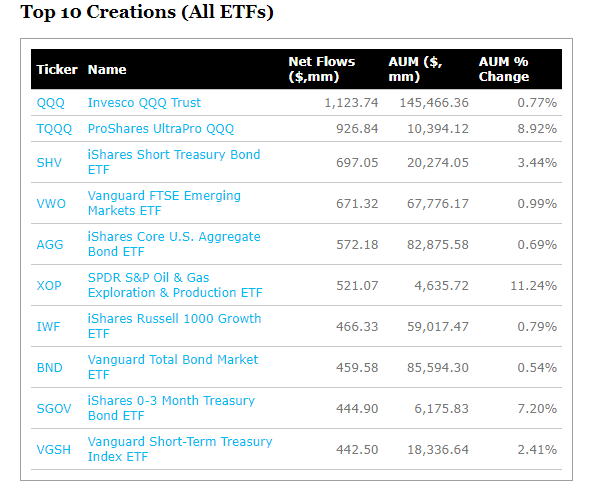

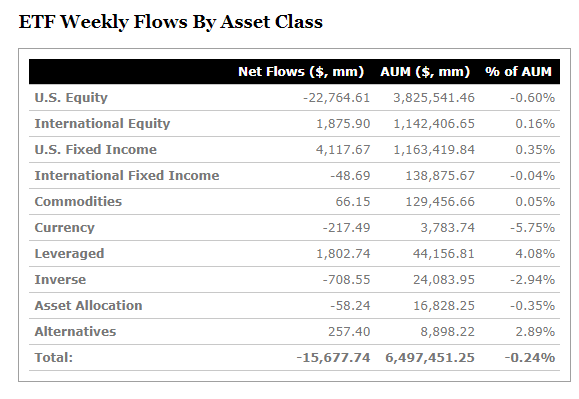
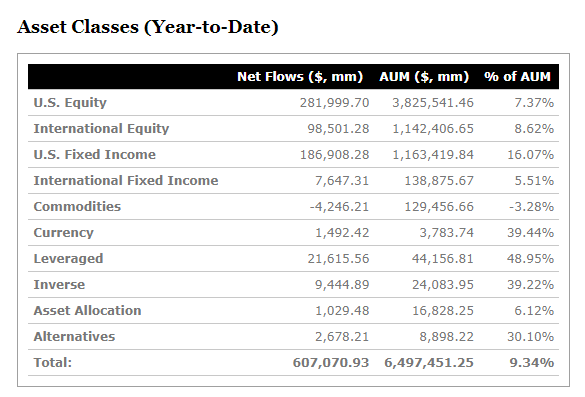
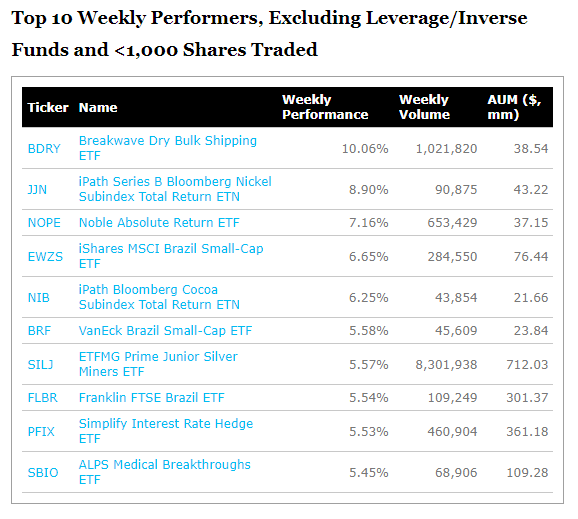
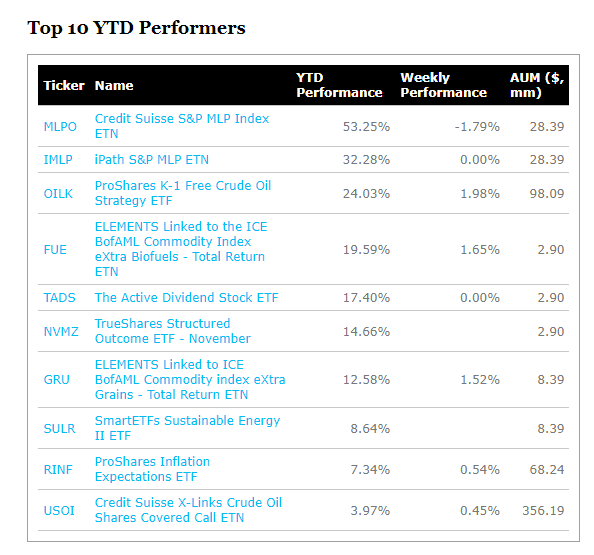
Comments